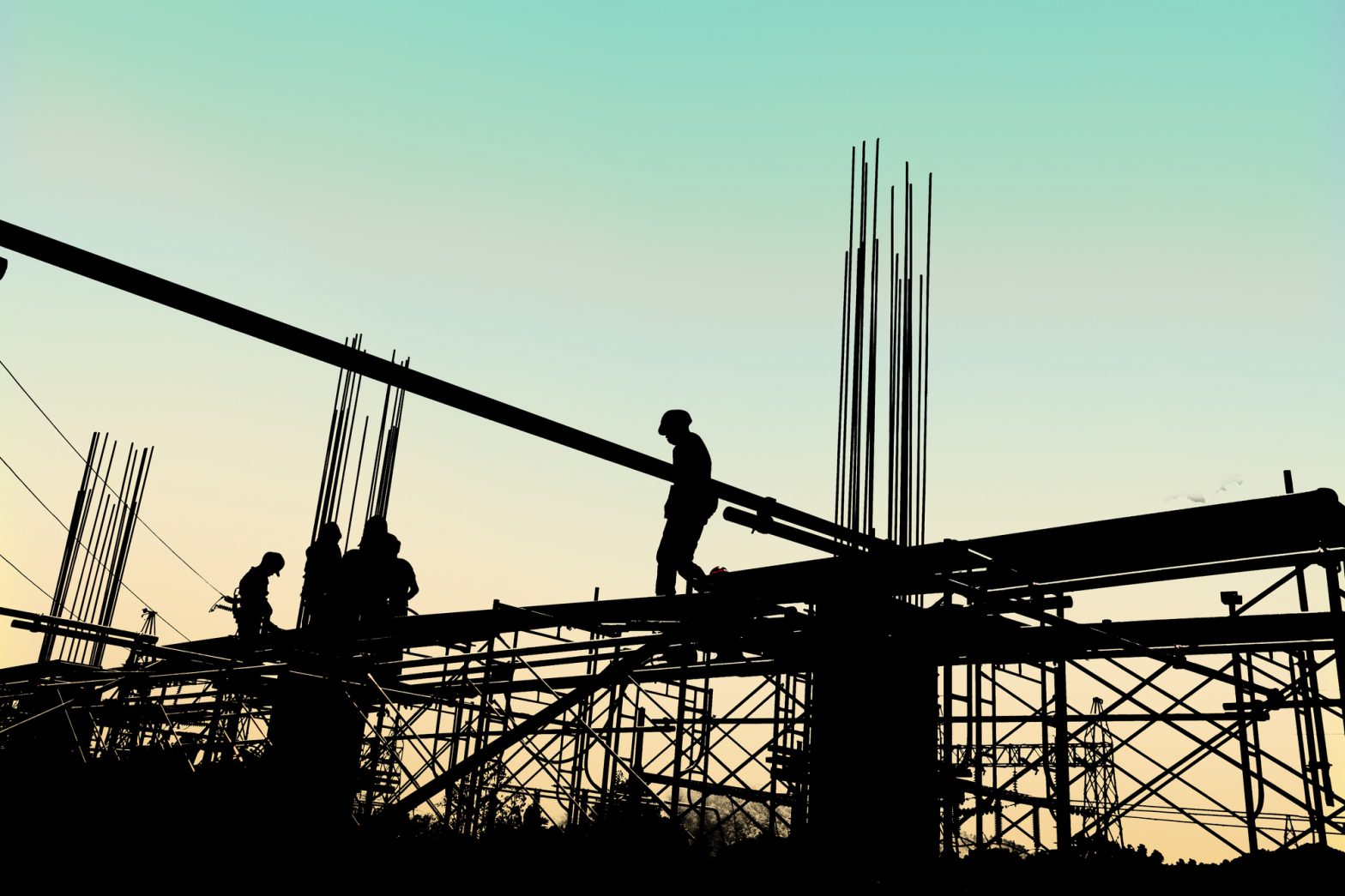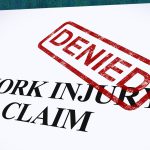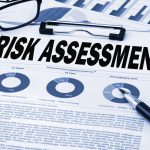Workplace injuries have become much less common in recent years. Compare these statistics: there were 10.9 injuries per 100 workers in 1972, which fell to 2.8 injuries by 2019. Now, some jobs and industries prove to be more dangerous than others. Which ones do you think they are? Well, we have the answers. Here are the most hazardous jobs—and what employers can do to keep their team as safe as possible.
What are the Most Hazardous Jobs?
To figure out which jobs are the most hazardous, experts look to those statistics mentioned earlier. How often do people in these roles get injured? How many people die on the job each year?
They find out how many injuries and fatalities occur in every 100,000 employees in a particular field or job. From there, they can rank jobs from high to low in terms of their level of danger.
It’s important to understand this process before we dive into our list of most hazardous professions. It’s not based on perception—it’s based on real statistics that represent real people who have gotten hurt or lost their lives on the job.
With that in mind, here are the jobs that require the greatest risk:
10. Grounds Maintenance and Landscaping
Now, you might be thinking that landscaping seems an odd entry on this list. The position requires workers to tend to gardens and grass, right?
Well, sitting on the back of a lawnmower means the driver could have more than grass flying in their face. Hard objects launched into the air cause injuries. And transportation-related accidents cause the most deaths in the landscaping field.
Luckily, things have gotten better in recent years, and the number of injuries has gone down. But it’s still more dangerous than, say, heading to an office every day.
9. Construction Supervisor
You might think the person in charge of a construction site would be less in danger of injury. Well, think again.
Many supervisors tend to do road work, which is a much more dangerous location for construction workers. They are prone to injuries and fatalities when hit by passing cars.
8. Steel and Ironworkers
Steel and ironworkers have to scale the bones of skyscrapers and other enormous buildings to secure metallic fixtures in place. But one misstep can cause injury or death in this position. Slips and falls make up the majority of accidents in this field.
But this field is another one in which statistics have improved in recent years. According to Work + Money, there were 1,400 ironworking injuries in 2016, but that figure fell to 800 by 2018.
7. Truck Drivers
Life on the road comes with risk. Truck drivers have an increased risk of involvement in a road traffic accident, of course. But they also suffer from exertion-related injuries, such as back pain.
6. Farmers
You might be picking up on a theme here, but the agricultural sector is no exception: transportation causes most of the injuries and fatalities for farmers, too. Of course, this includes all types of farm-related transit, from tractors to wheelbarrows to forklifts.
On top of that, farmers might trip and fall and hurt themselves on the job, too. But those injuries are just that—injuries. There aren’t as many fatalities in farmers as in other fields.
5. Garbage Collectors
Collecting garbage is a physical job. You have to jump on and off the truck, grabbing trash bins and heaving them onto the back of the vehicle. This physicality can cause strains, sprains, tears, and broken bones.
Then, of course, there is the danger brought by other cars on the road. Hopping on and off of the truck puts garbage collectors in harm’s way, too.
4. Roofers
It’s not hard to imagine why this job’s a dangerous one. Slips and falls can cause serious injury or death, depending on the height from which the roofer drops.
Putting a roof onto a house is a physically demanding task, too. Laborers bend over and carry heavy materials. And they may do so in direct sunlight, too.
3. Pilots
Flying from city to city can get tiring—most pilots complain of exhaustion, which can take them out of commission. They also experience pain and soreness from sitting in the cockpit for long hours. As for fatalities, you can imagine where the small number of those come from.
2. Fishers
The open sea is unpredictable, a fact reflected by the sheer number of fishermen and women who get injured on the job. They often walk and work on slippery surfaces while operating heavy machinery. It’s a recipe for disaster, one that results in painful slips and falls.
1. Loggers
The most dangerous job of all is logging. It’s easy to envision why: clip a branch the wrong way and hit yourself with it. Or, maybe you’ve got a co-worker on the ground who stands right where a limb lands.
Then, there’s the heavy machinery required to cut down trees. Chainsaws and wood chippers can cause critical and sometimes fatal injuries, too.
How Can I Protect Workers?
Now, perhaps you’re an employer in one of these industries, and you want to know how to keep your employees protected from their hazardous jobs.
Your best bet is to have a workers’ compensation program in place. It will provide pay and healthcare to those who get hurt while on the clock. We can help you prepare the package that’ll take care of your staff—and give you peace of mind.
Click here to contact us today and learn more about our workers’ compensation services, whether you work in a hazardous industry or not.


 June 16, 2021
June 16, 2021 Blog
Blog 









